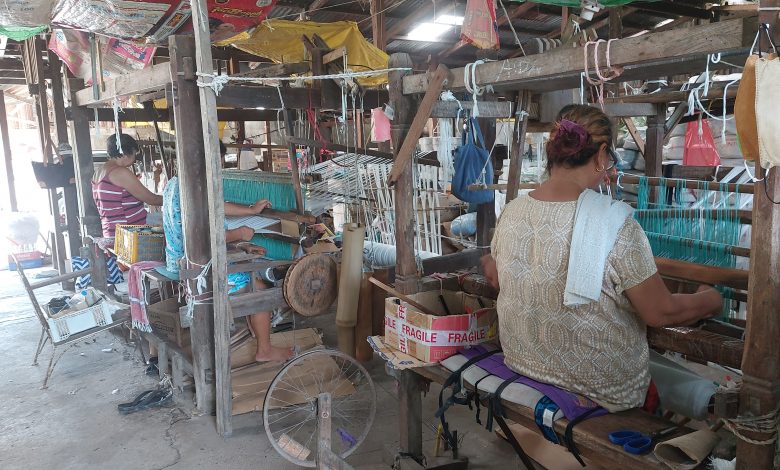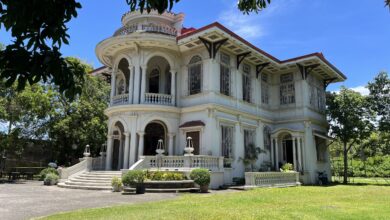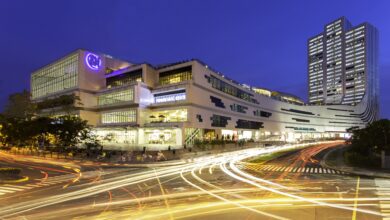
Endangered Species: Philippine Weaving Communities
Philippine weaving culture traces back hundreds of years, when tribes lived in more primitive but still culturally rich times. Today, modern Filipinos have passed down the art of weaving across generations. It’s a dying art, but its heart still beats. In this article, we discuss how weaving goes beyond a means of livelihood for many people—it is the thread that bonds culture, heritage, and identity.
Art and Reason
Our weaving community has long been a source of pride for the country, being one of the oldest continuing crafts in the Philippines. Today, many still practice weaving in rural areas and even some urban areas. It has persisted as livelihood, and an artistic expression of beliefs. For instance, weavers continue to use textiles and colors to depict different rituals in their respective locations around the country. They incorporate distinct patterns for traditional dances including but not limited to courtship, healing, war, harvest, and protection.
Indigenous tribes also associate colors with various events. Brown or earthy hues are usually for matters corresponding to death and mourning. Meanwhile, red typically serves as the color of power. Some handloom textile designs and patterns come from weaver’s dreams.
Nationwide Phenomenon
Philippine weaving traces all the way to the 13th century. Typically, weavers utilize cotton, fibers, abaca, and pineapple. These are the easily available raw materials across the country. As of writing, there are give or take 450 weaving communities nationwide.
There are numerous beautiful traditional textiles in the Philippines. To name a few, there’s the Abel and Pinilian from the Ilocos Region. While in the Cordillera region, we have the Kalinga textile and Bontoc Weave, delicately crafted through various stages. The Ramit is by the Mangyans from Mindoro. Piña weave from Aklan is a preferred fabric for the barong Tagalog.
From Panay island is the Hablon weave of Kiniray-a and Hiligaynon. Down to Mindanao, there’s the Mëranaw textile from Lanao del Norte and Lanao del Sur, made using discontinuous weft. And in Eastern Mindanao, there’s the Dagmay textile of Mandaya with intricate designs revolving around man and nature, especially the crocodile. Further on, the Bagobo Inabal of the Manobo tribe from Davao del Sur is usually used for making the native tubular skirt. Then the Saputagan Tapestry weave in Basilan from the Yakan tribe—known for being highly skilled, with exceptional weaving repertoires.
In South Cotabato, we have the Blaan tribe’s Mabal Tabih with a strong spiritual context in Blaan culture, considered to be the miracle of Furalo, the goddess of weaving. And the T’nalak of the T’boli weavers, also known as the “dream weavers.” While this applies only to a choice set of weavers, it is believed that Fu Dalu, the spirit of abaca, give the designs and patterns to them in their dreams. Lastly, there’s the Tausug’s Pis Syabit textile from Sulu traditionally worn by men and warriors. These are just a few examples of Philippine weaving communities.
Modernization and Commercialization
Today, many of the aforementioned communities face the threat of losing their weaving culture and communities. The demands of modern society forces many young Filipinos to get more profitable jobs, often away in cities or overseas. Even without the reason of employment, many face losing tradition due to broken lineage, as interest for younger generations continue to decline in indigenous communities. Call it cultural displacement, or simply erosion. Couple this with the lessening demand for traditional hand-woven Philippine textiles due to cheaper alternatives and “fast fashion” of modern times.
Empowering Local Weaving Communities
There have been countless efforts to revitalize and sustain the Philippine weaving industry. Recently, the Department of Science and Technology’s Philippine Textile Research Institute (DOST- PTRI) spearheaded the first Philippine Handloom Weaving Conference. This government initiative aims to revive and support the weaving industry.
Aside from government efforts, we have non-government outfits and entrepreneurs that continuously remind of the importance and beauty of handloom weaving culture. This includes the Habi Philippine Textile Council, which conducts the annual Likhang Habi Market Fair (LHMF).
Furthermore, modern Filipino designers are still incorporating weaving into their designs. There’s entrepreneur Sofia Loren Abdurajak, who utilizes Yakan weaves in her clothing line, “Haliya.” In 2018, beauty queen Catriona Gray made news by wearing IP-made clothing designed by Mindanawon Wilson Niñofranco Limon. And many more!
RELATED: 4 Filipino Social Enterprises You Should Know About
Support Local
Our weavers have long been one of the most marginalized groups in this country. Development plans and policies often favor large-scale industries, leaving out local weavers, who continue to struggle with poverty and a dearth of jobs. What can we do?
As consumers, Filipinos should work together in providing a sustainable livelihood for these artisans. Simply because it’s part of Filipino identity. This is who we are. Not to say we shouldn’t buy foreign-made or dress fashionably. However, let’s keep an open mind about reviving and incorporating “indigenous” fashion. Let’s support those speaking up and supporting it. And buy when we can, of course.
Let’s keep Philippine weaving culture alive. Let’s support Local!




